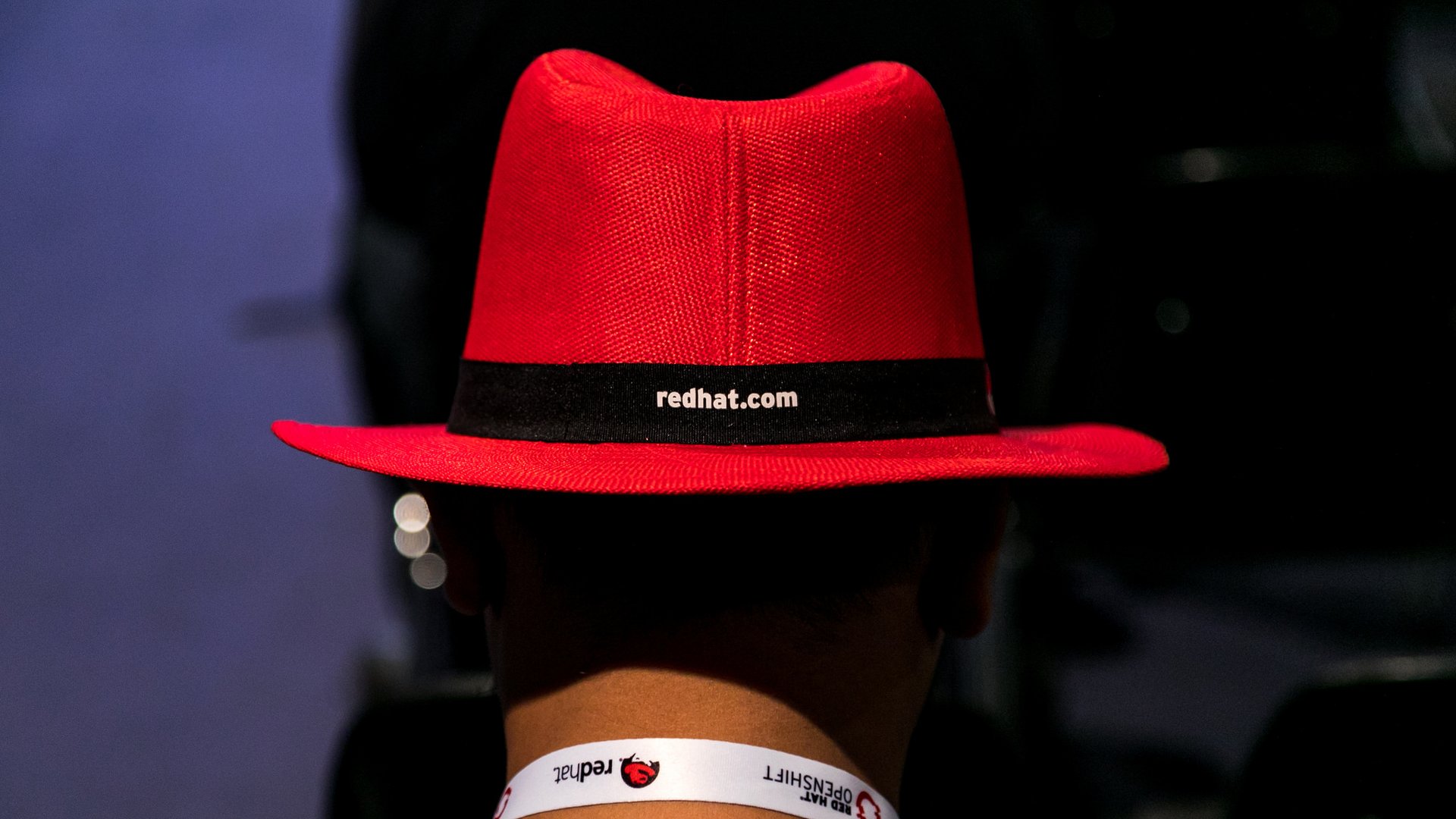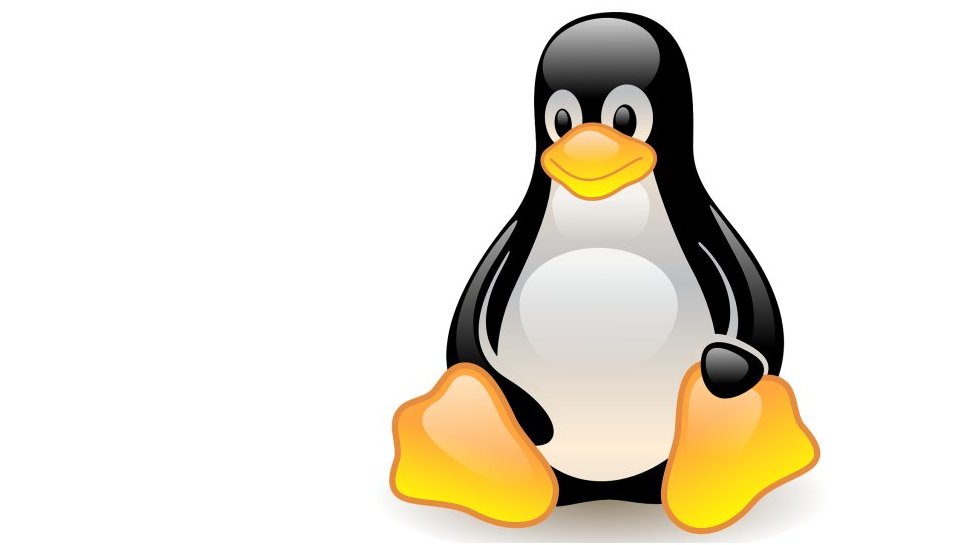August 25, 2021 marked thirty years of Linus Torvalds’ now-famous announcement on the comp.os.minix news group, where he shared plans to work on a free operating system for 386(486) AT clones as a “hobby.”
Nobody, least of all Torvalds, would have imagined that three decades later, his hobby OS would not just outgrow his personal computer, but go on to become the backbone of much of the modern IT world.
Rob Gibbon, Product Manager at Canonical, the makers of Ubuntu, has seen an explosion in the adoption of Linux over the years.
- Here are the best Linux laptops for running Linux
- Take a look at the best laptops for programming
- Also check our collection of the best Linux distros for business
“From server deployments and consumer electronics like smartphones, televisions and smart speakers, to industrial applications like automobiles and elevators, you'll find Linux enhancing the everyday lives of billions of humans worldwide – quite often in unseen ways,”.
But how did Linux become the phenomenon as we know it today?
Moving with the times
The keen-eyed would have noticed that Torvalds posted his 1991 message about Linux to the Minix news group.
Minix was created by Andrew Tanenbaum, primarily as an educational tool for people to learn about operating systems, and Torvalds initially created Linux by adding features to Minix.
However, Torvalds had a very public falling out with Tanenbaum over the design of Linux. Minix uses a microkernel, while Linux uses a monolithic kernel, which didn’t impress the Minix crowd. However, history has vindicated Torvalds’ choice, and the two luminaries have since resolved their differences.
From 10,000-odd lines in its first release written primarily by Torvalds, the kernel now spans well over 30 million lines of code contributed by thousands of developers, a majority of them paid by leading tech companies like Intel, and Microsoft to work on the kernel.

Runs everywhere
Back in 1991 Torvalds imagined that Linux would probably never “support anything other than AT-harddisks,” which is perhaps why one of the most widely ported operating system kernels, which runs on everything from system-on-chips (SoC) to mainframes, wasn’t actually designed to be portable.
In fact, when Linux was first ported to another microarchitecture, Torvalds thought the modifications to his kernel were so extreme that he treated the Motorola 68000 port as a fork. But the port convinced Torvalds to re-imagine the kernel to make it more portable.
The kernel currently supports well over two dozen major hardware architectures, despite developers dropping support for out-of-vogue hardware, such as Torvalds’ original i386-based PC.
One of the most recent architectures that the kernel now supports is Apple’s Arm-based M1 SoC, which powers the latest line of Apple hardware such as the M1 Mac Mini, the M1 MacBook Pro, and others.
The times they are a-changin'
Many credit the kernel’s diversity and dexterity as one of the leading reasons behind its meteoric rise.
A recent development that further underlines the kernel’s malleability is the move to add the Rust programming language as a second language to the kernel.
While a majority of the Linux kernel is written in C, a section of kernel developers supported by companies such as Google, have started adding code written in the Rust programming language.
The developers contend that Rust offers pretty much the same flexibility and performance of C, but comes with added security, which makes it a better option for the kernel’s areas where security and memory safety are of utmost importance, keeping Linux in tune with the prevailing cybersecurity sensibilities.
Rising tide raises all boats
In the three decades of its existence, Linux has become the leading example for collaborative software development, and the larger open source ecosystem.
Matt Yonkovit, Head of Open Source Strategy, Percona goes as far as to suggest that Linux in fact built open source.
“So many projects have started with an idea, a Linux machine, and a terminal. It’s hard to see the open source we all love today without having Linux so widely available,” believes Yonkovit.
In the release notes of the 0.01 release of the kernel, Torvalds noted that “a kernel by itself gets you nowhere. To get a working system you need a shell, compilers, a library, etc… Most of the tools used with Linux are GNU software and are under the GNU copyleft.”
This brief point highlights the fact that a kernel needs to be paired with various other software, from drivers to apps, to create a working system or a distribution (distro) that end users can install and and use.
Dawn of the distro
While Linux has been roped inside hundreds of distros through the years, one of the oldest that’s still going strong is Slackware.
Slackware Linux started as a personal project of a student who wanted to create a more functional out-of-the-box version of the now-defunct SLS Linux distro. The distro’s first release came out in July 1993 and was based on Linux 0.99pl11-alpha.
Slackware shipped as a set of dozens of floppy disk images, and soon became the working base for a whole gamut of Linux distros, such as the initial release of SUSE Linux.
In a blog post celebrating Linux’s milestone, Richard Jones, a senior principal software engineer with Red Hat's R&D Platform team, says he had been using Minix prior to discovering Linux via Slackware Linux.

"It came on.... something like 30 3.5-inch disks if you wanted a full-featured distribution. It took a day just to download and copy to floppies," shares Jones who was working for the government at the time and had access to the Internet in the early 90s.
1993 also saw the release of the second-oldest surviving Linux distro, Debian GNU/Linux, which was sponsored in its debut year by the Free Software Foundation.
Later on, Debian went on to form its own non-profit organization called Software in the Public Interest (SPI), which has since sponsored dozens of influential open source projects, including LibreOffice, PostgreSQL, Arch Linux, and dozens more.
Open for business
The first version of the Linux kernel was released under a custom license that restricted commercial use. Thankfully however that arrangement didn’t last long and Torvalds released Linux 0.99 under the GNU GPLv2 license in 1992.
By removing restrictions to commercial use, Torvalds allowed budding entrepreneurs to create business models around the kernel, which back in the day usually revolved around distributing Linux or offering services around the free operating system.
“Allowing commercial interests meant that resellers could try to make a buck by packaging Linux and selling it with books, in boxed sets, with magazines, and any number of other methods,” recaps Red Hat in their post.
Red Hat, which arrived in the mid-90s made the most of this model. Their Red Hat Linux distro was one of the first commercially successful Linux distros and helped sow the seeds of a fledgling business that eventually saw Red Hat become the first billion dollar open source company.

Open for all
Linux and the open source ecosystem have a symbiotic relationship, with the rise of one invariably leading to positive results for the other as well.
Chris Aniszczyk, Chief Technology Officer, Cloud Native Computing Foundation says as Linux matured and stepped into new markets over time, from automotive to embedded to mobile, “we are seeing open source enter almost every market across the world following Linux along the way.”
Aniszczyk goes on to add that one of the most exciting trends he’s been witnessing off late is new open source software coming not just from vendors, but also from end user companies as well.
“Some examples include the Envoy proxy from Lyft, Capital One open sourcing security technology like Cloud Custodian and Spotify open sourcing their developer portal platform Backstage, all collaborating with peers in the industry,” Aniszczyk illustrates.
Linux, the enabler
Just as Linux has matured through the years, so has the ecosystem it supports and nourishes.
“In 2012, when we first talked with investors, few believed that open source was credible in the long term, but now there are many high profile companies whose core products are open source, including HashiCorp, Confluent, MongoDB, and more,” shares Armon Dadgar, CTO, HashiCorp.
Having spent time in some of the very first open source companies, Percona’s Yonkovit remembers the time when Linux was shunned and looked at with suspicion by enterprise IT teams.
“From there however, it has dominated the datacenter. A good chunk of the innovation and software we have seen over the last 20 years simply would not exist without Linux as an open operating system,” beams Yonkovit, adding that for the first open source trailblazers, “Linux was the big enabler.”

Giant shoulders
Tim Mackey, principal security strategist at the Synopsys Cybersecurity Research Centre believes that today’s highly scalable and resilient cloud enabled businesses are all powered by services that exist as a result of innovation in Linux or within the open source ecosystem enabled by Linux.
“While to some, Linux is a server based technology, the reality is Linux permeates our technology landscape to such a degree as to be ubiquitous in everything from Internet of Things (IoT) devices, through point of purchase devices and industrial systems,” says Mackey.
He credits the “strong underpinnings of Linux” for the recent innovations that have helped shape cloud computing, from hypervisors like Xen and KVM through Docker to Kubernetes.
As Linux celebrates its 30th birthday, it has metamorphosed into a juggernaut, which not only extends beyond a piece of software, but is something whose impact on the evolution of computing is hard to fully trace and comprehend.
Aniszczyk sums it up nicely.
“Linux taught many folks the importance and value of contributing to upstream and open source collaboration, that will truly be its lasting impact in the world.”
- Subscribe to Linux Format magazine for more Linux and open source goodness
Comments
Post a Comment